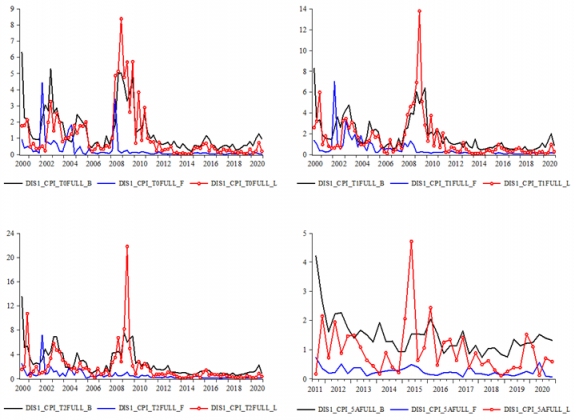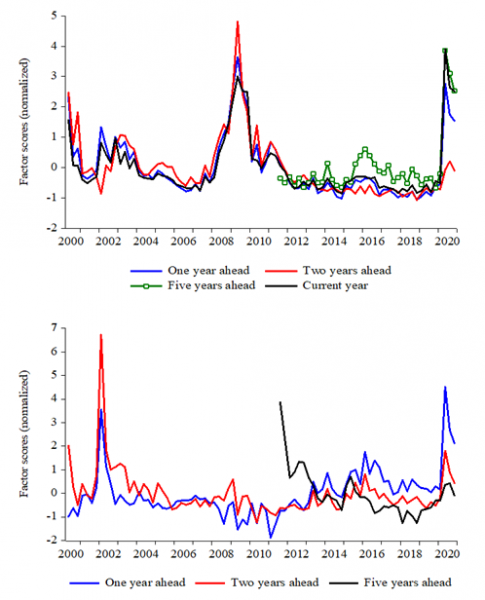References
Bauer, M. (2015), “Inflation Expectations and the News”, International Journal of Central Banking (March): 1-40.
Boero, G., J. Smith, and K. Wallis (2015), “The Measurement and Characteristics of Professional Forecasters’ Uncertainty”, Journal of Applied Econometrics 30 (November/December): 1029-1046.
Capistrán, C. and A. Timmermann (2008), “Disagreement and Biases in Inflation Expectations”, Journal of Money, Credit and Banking 41 (March-April): 365-396.
Glas, A. and M. Hartmann (2015), “Inflation Uncertainty, Disagreement and Monetary Policy: Evidence from the ECB Survey of Professional Forecasters”, Heidelberg University, February.
Mankiw, N.G., R. Reis, and J. Wolfers (2003), “Disagreement About Inflation Expectations”, NBER working paper 9796, June.






